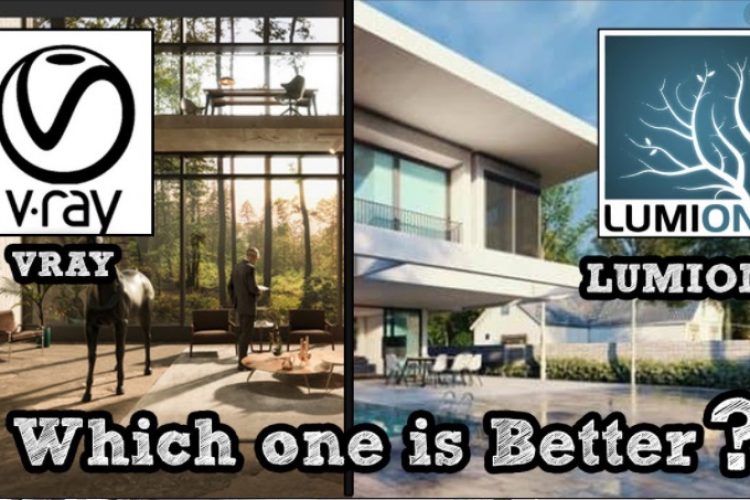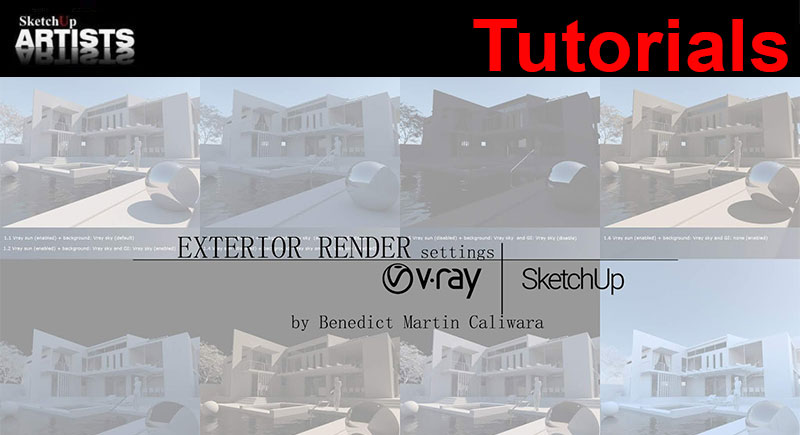
A Cinema 4D edition is also available from a separate developer. The Chaos Group, V-Ray’s creator, produces versions for 3ds Max, Maya, Rhino and SketchUp. It dominates the field of architectural visualization, and has recently found its way into effects for television commercials and feature films, one of the most recent examples being the environments for Tron: Legacy, where it was used alongside mental ray and RenderMan. V-Ray has been one of the most popular third-party rendering solutions available for quite some time. Today, we are going to be looking at one particular tool used during the penultimate step in that process: rendering. However, most projects follow a standard workflow, from asset creation through to post-production. Today’s CG industry is a vast landscape of ideas, processes, and procedures, and the tools used to realise artists’ visions are almost as diverse as the artists themselves. Jason Lewis puts version 2.0 of the 3ds Max edition through its paces to assess what impact new materials, stereo tools and the V-Ray RT GPU-accelerated preview renderer will have in production

It’s always worth making sure you have the necessary hardware when work with real-time solutions because if it doesn’t work efficiently then it’ll quickly become frustrating to use.Chaos Group’s plug-in renderer is already an industry standard for architectural vizualisation, and has recently made inroads into VFX. V-Ray Vision also requires a Graphic card with DirectX 11 or DirectX 12 and Shader Model 5.0 capabilities.
V ray vs. maxwell sketchup driver#
In terms of utilising your GPU you’ll want Maxwell-, Pascal-, Volta- or Turing-based NVIDIA card(s) with latest video driver or at least version 411.31. V-Ray recommend a 1st Gen Intel® Core™ or compatible processor with SSE4.2 support (圆4) along with a minimum of 8GB RAM. These materials can be used straight out the box and they work well.Īs with any piece of software, and something that is real-time at its core, you’ll need a certain level of hardware to make it work smoothly. This will be particularly useful for some users who would prefer to focus on the design of their building or environment rather than on complex material settings. The material library has been extended to give you access to over 500 ready-to-go materials.

The layered material is perfect for creating materials that have a coat or sheen including metals, woods and fabrics. They’ve given users a new layered V-Ray material as well as an improved material library. We can’t cover all the features but I’d like to draw your attention to materials in this release. You can send progress visuals quickly and easily, avoiding time consuming and unnecessary hold ups at the end of the project as you try to figure out exactly what the client wants in terms of look and feel. It also streamlines the process of keeping clients updated and in the loop. This will be particularly good news for anyone who designs their work in SketchUp including architects and product designers. That’s impressive.Ī project becomes something of a continual crafting of the final output rather than building something, only to then add the materials and lighting hoping it’ll all come together visualization becomes the centerpiece of the project from beginning to end, rather than just something you do at the end.

It’s a game changer for SketchUp users and it not only reduces that gap between design and final visualization but completely eliminates it. The VP of product management at Chaos Group, Phillip Miller, says “V-Ray Vision is going to transform how designers work in SketchUp, bringing an always-on real-time view of every project”. The major selling point for this release is called V-Ray Vision.


 0 kommentar(er)
0 kommentar(er)
